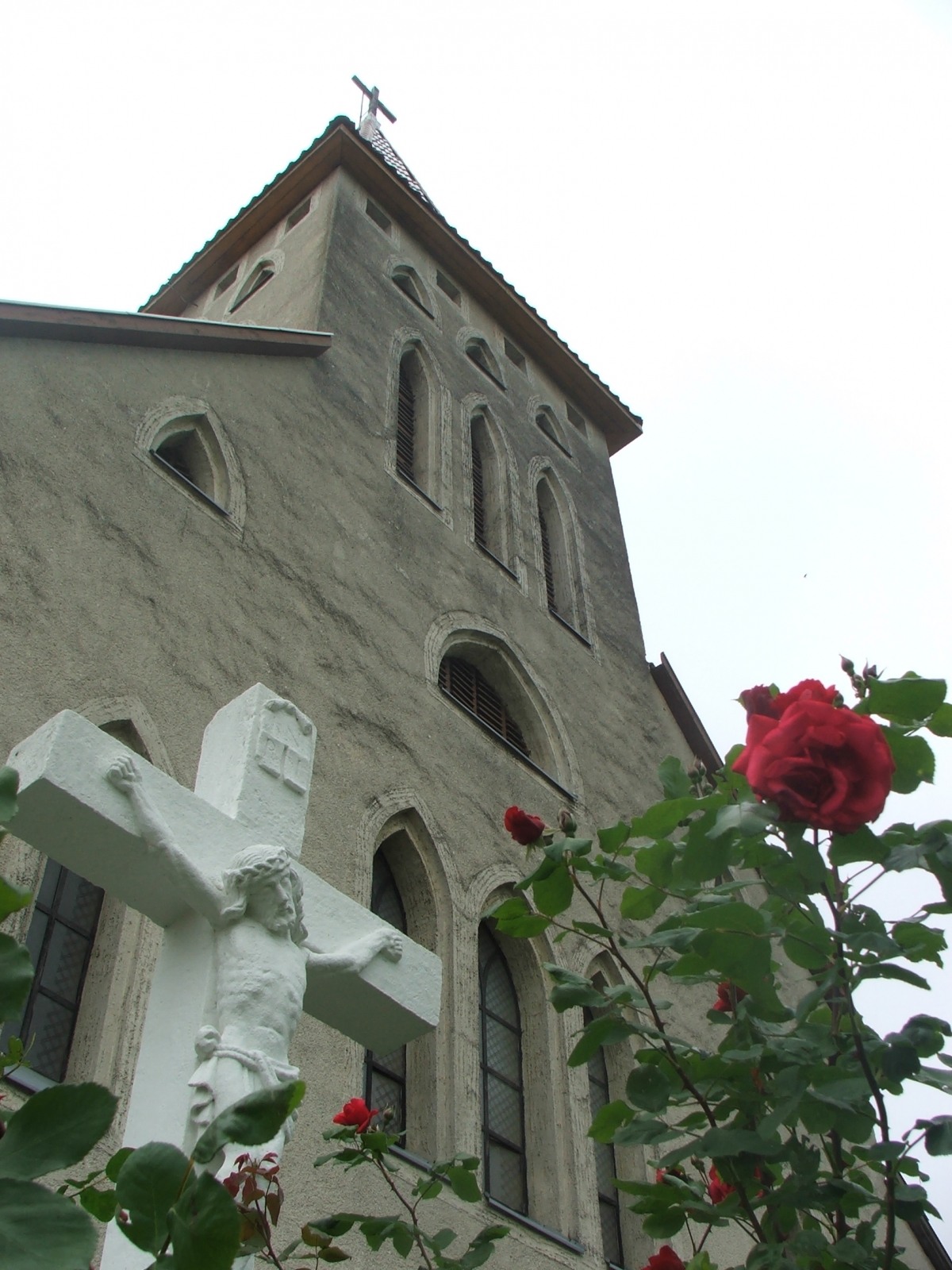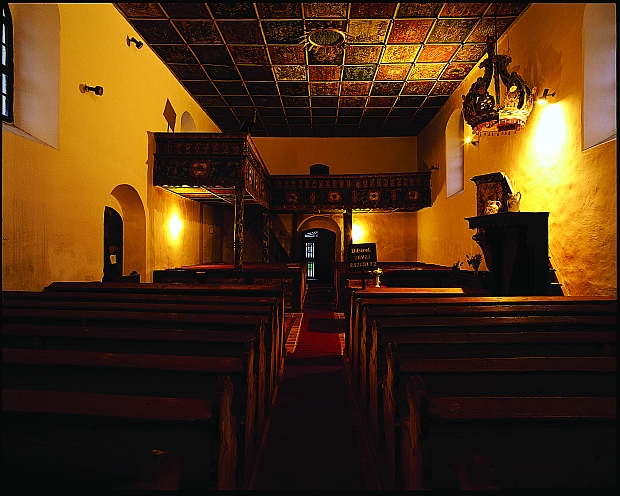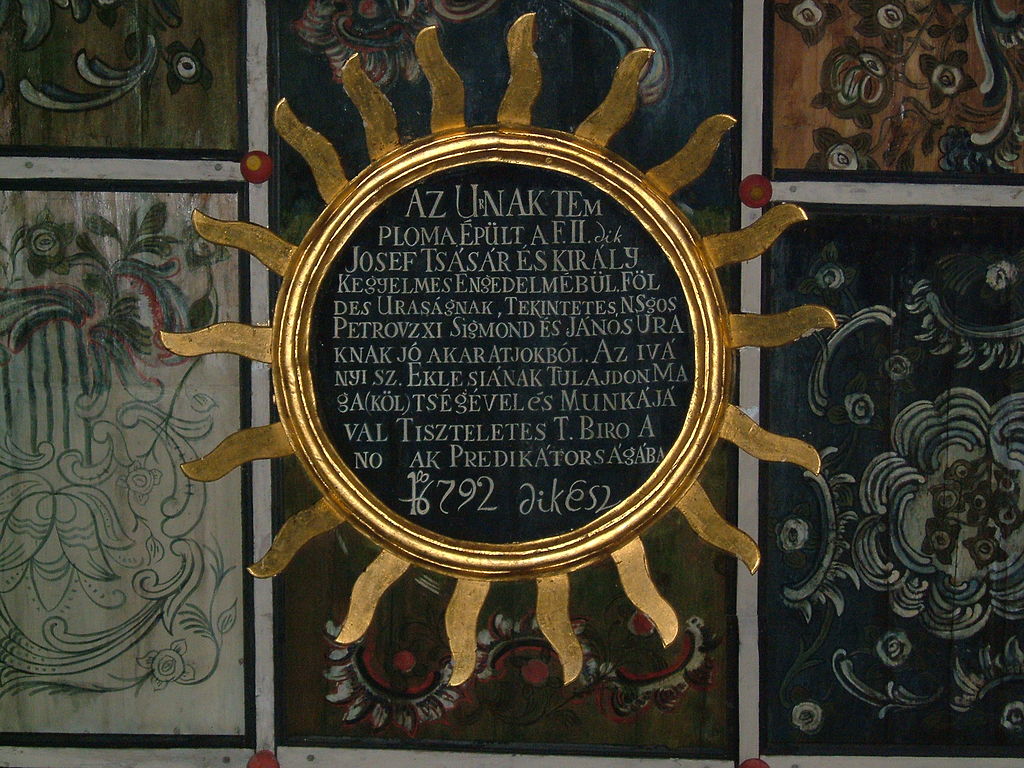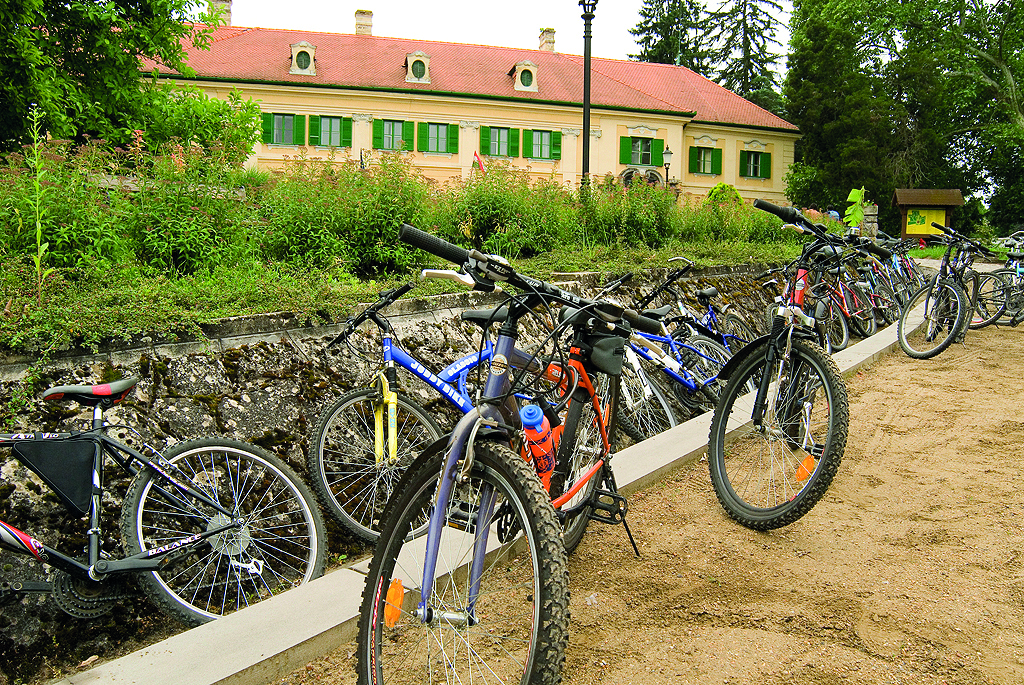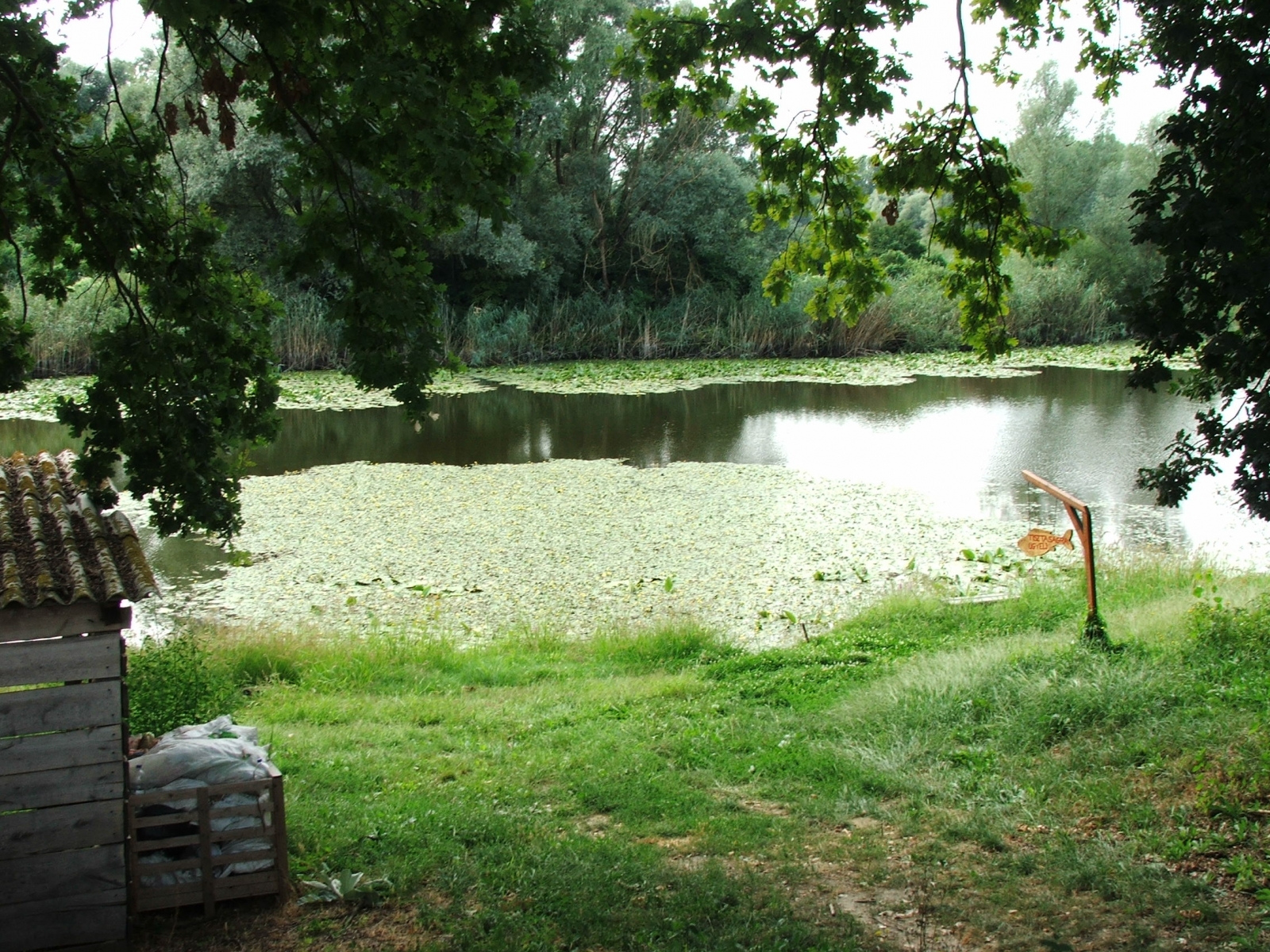Felsőszentmárton – Vejti: On the Drava dike through Ormánság

The route from Felsőszentmárton continues on the asphalted Drava dike towards Drávasztára. South from the dike we can find Révfalu (Drvljanci), abandoned village in the floodplain, now part of the Danube-Drava National Park. Remains of traditional local architecture are the reasons to pay a visit there, during summertime popular among artists and hikers.
Drávasztára is another village with Croatian majority. On its central square there is the monumental neo-gothic catholic church built in 1948. Services are available here including guest house, store, pub, restaurant. On the Drava river bank there is a mooring and a rest area for water tourists, including fireplace and lavatory.
The town of Sellye – “the capital of Ormánság” – is located in 7 km north from Drávasztára. The town offers several services (stores, restaurant, open-air pool and thermal bath, bank, railway station etc.). Main monument of Sellye is the baroque Draskovich castle, the arboretum around it and the Ormánság Museum. Between Sellye and Drávasztára we go through Drávaiványi, whose late-baroque style reformed church is the most beautiful example of coffered-ceiling churches.
We leave Drávasztára on the dirt road of the Drava dike towards Vejti. On the route we can find a watchtower remained from the Cold War, and the beautiful Vájási oxbow lake. In the area of Vejti at the Drava bank there is a rest area.
As a detour from Vejti we can visit Vajszló, where several services (shops, pub, restaurant) are available

